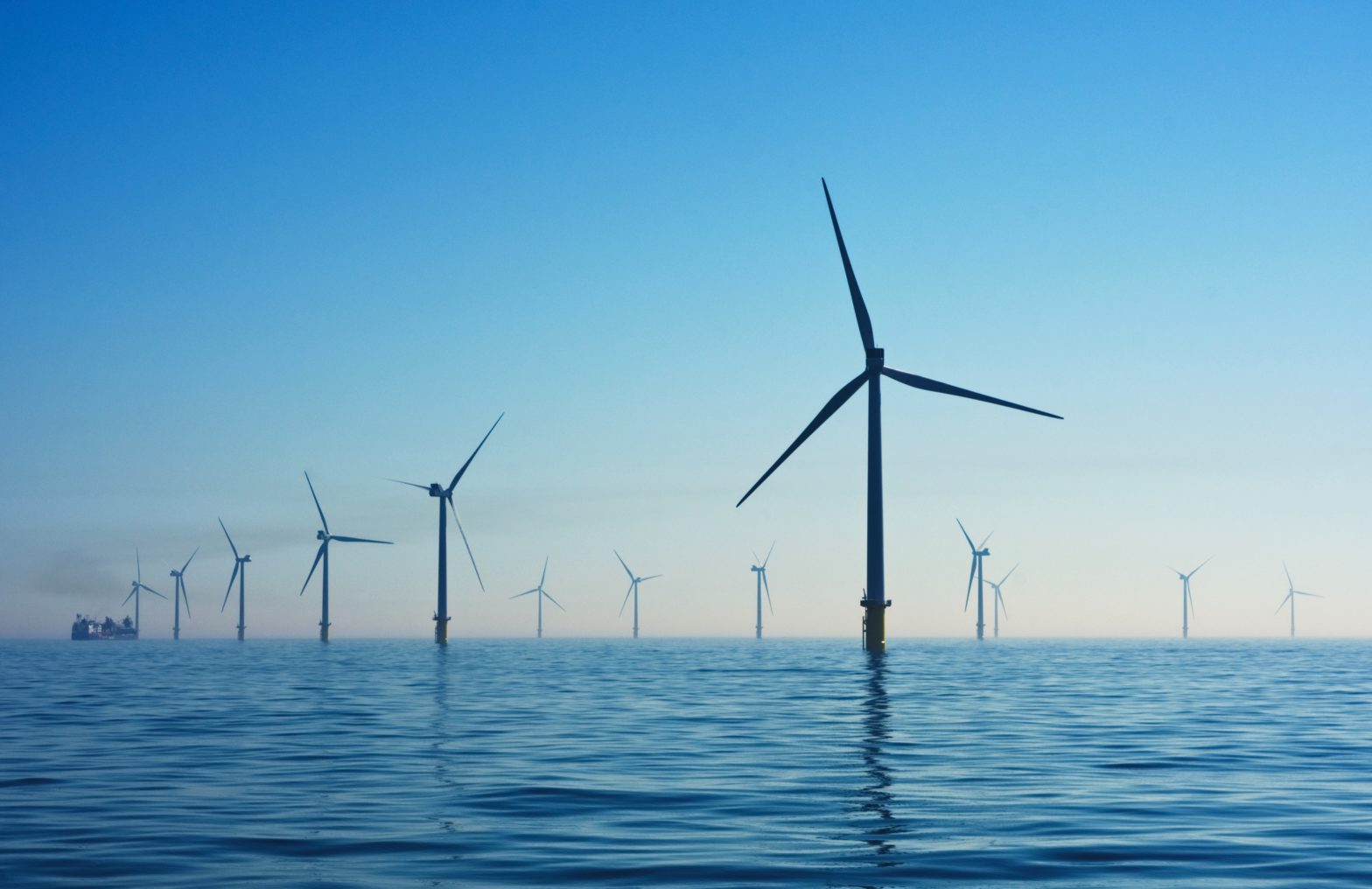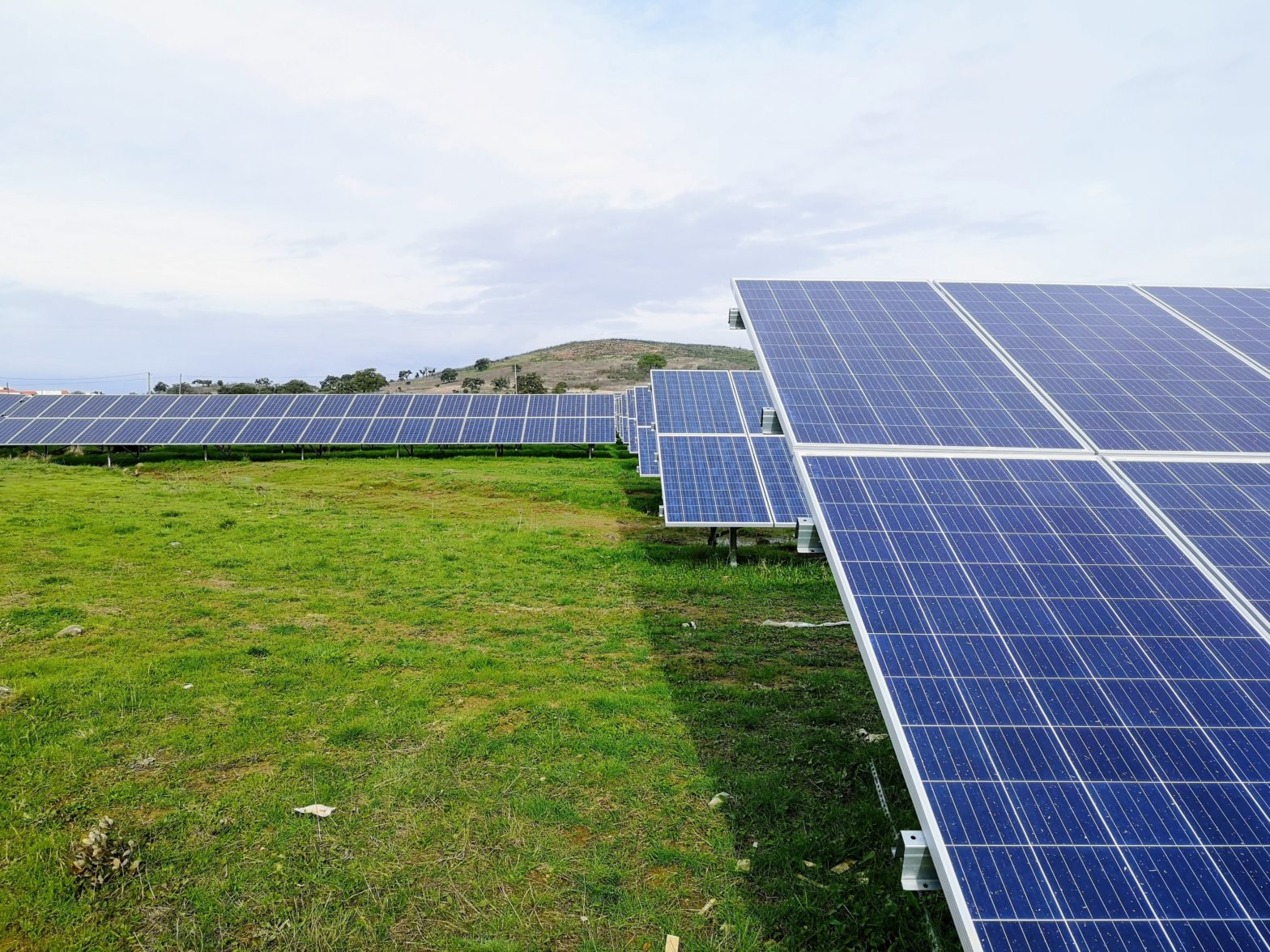Japan is accelerating its efforts to develop offshore wind power as an essential means to achieve carbon neutrality by 2050 and ensure energy security. The government aims to introduce 10GW of offshore wind power by 2030 and 45GW by 2040. To achieve the 2040 target, annual construction of 2 to 3GW (more than double the …
Continue reading “Japan plans Offshore Wind Power Development in Exclusive Economic Zone (EEZ)”







